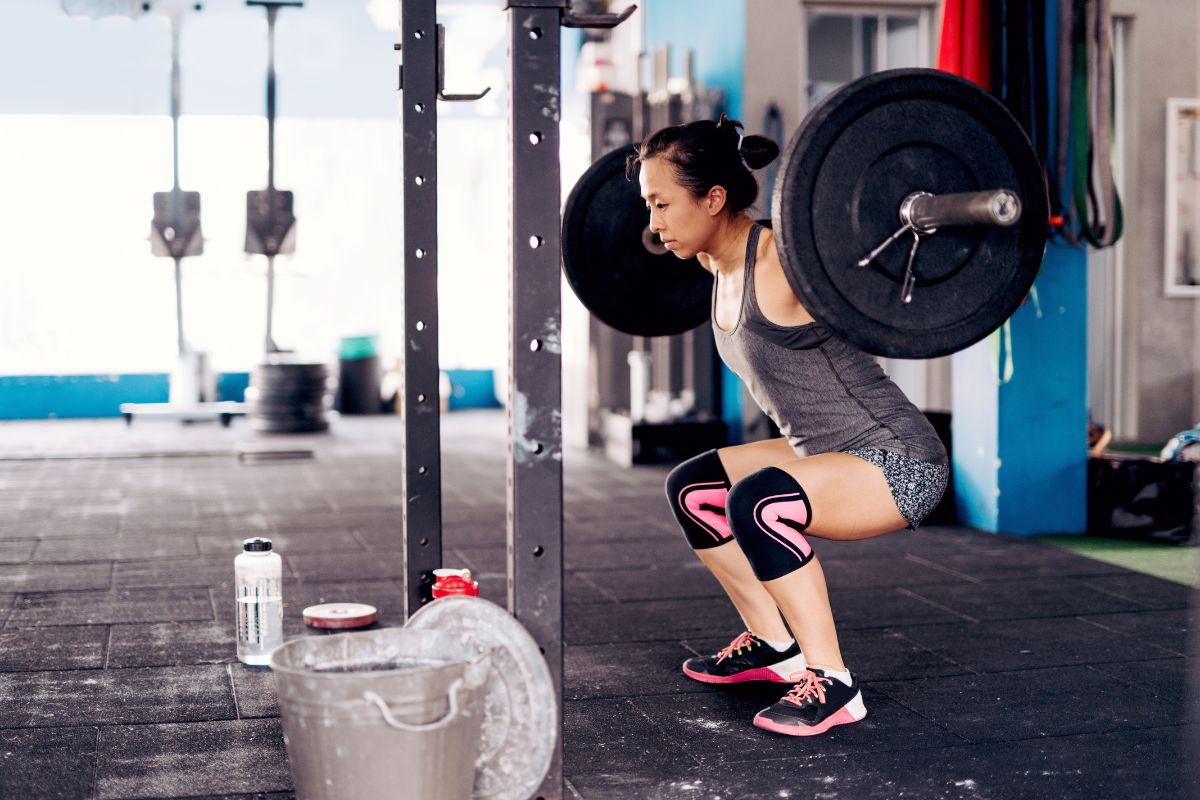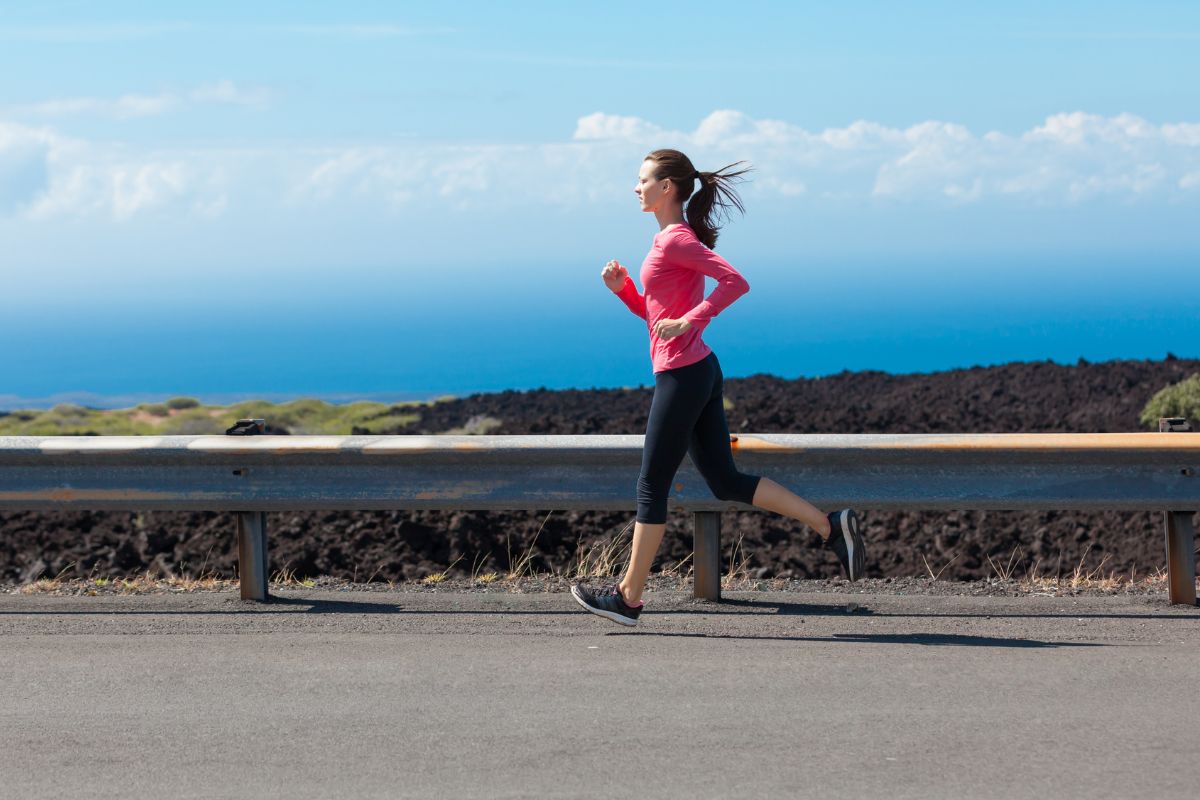When you begin running, it is important to make sure that you are well prepared for your race.
One of the most popular races across the world is a 10k, but it can be a challenge if you have never run long distances before.

They are popular as they allow you to train and achieve personal goals.
If you have never participated in a 10k race before, you might be unsure about how to train.
Making sure that you are aware of how many miles are in a 10k is important so you know what you are facing, but how do you train for your first 10k?
This article will explain how to train for your first 10k to make sure that you are prepared for the challenges that you will face during the race. You can find out more about running your first 10k below!
How Many Miles Are In A 10k?
A 10k race involves 6.2 miles, so it can be quite a challenge for someone who has never run this distance before.
If you are used to running 5k races, you will need to build up your stamina and your endurance through training as you will be running double what you are used to.
When you are a beginner runner, you might be concerned about timings. It is important not to worry too much about this as you need to practice building up your stamina.
If you can run a 10k race in 50-70 minutes, this is a great time for someone who has never run a 10k before.
What Is A Good Pace To Run A 10k?
Finding the right pace to run at will help you to remain consistent and comfortable for the 10k race.
The pace will help to determine how quickly you finish the race, so you need to set yourself a goal.
If you have decided to set yourself a goal of running the 10k in 60 minutes, then you need to have a pace of 9.39 minutes for every mile that you run.
How To Train For Your First 10k?
One of the most important things to do when you have signed up for a 10k is to have a good training plan.
This will help to keep you on track with your progress and to help you be in the best possible shape to complete the 10k.
The training plan should consist of different runs and workouts to help build up your fitness.
It can include runs of different lengths, speed training, and strength training. Find out more about different sections of the plan below!
Runs That You Find Easy
With these runs, you should find them relatively easy and should practice them 3 times a week.
This will help you to become more comfortable when you are running so you are still training your body while running at a more gentle pace.
You don’t need to worry about the speed or the distance of these runs, it is just important that you give your body a break where it isn’t working so hard.
You will still be training, but with less pressure on your body than in other training sessions.
Long Runs
When you begin training for a 10k, building up your stamina is crucial.
Long runs can help you to build your endurance so you feel more confident running longer distances.
You should take these runs at a slow pace to make sure that you do not tire yourself out too quickly.
You can also have walking breaks during the long run to help you relax and catch your breath.
The main aim of long runs is to help you get used to running longer distances, so even if you do not run the whole way, you will still cover the distance.
Speed Training
Speed training is important as it helps you to improve your speed when you are running.
Interval training is very popular for runners as it helps to improve your stamina and power as you are alternating between sprints and slower-paced runs. This will help to improve your stamina and your performance as a runner.
Strength Training

Strength training doesn’t seem like an important part of training for a runner, but it is very beneficial.
Building up strength in your core, arms, and legs can help to improve your running skills as you will be a more powerful runner.
A strong core will keep you balanced and upright, improving your form and allowing you to feel stronger when you run.
Cross-Training
Cross-training means that you are changing up your workout routine to incorporate different training to help improve your fitness.
You can add swimming, cycling, or hiking into your training plan as it allows you to experience different exercises so you do not get bored by continuously running.
You will then find that you are working different muscles too.
Tips For Running Your First 10k

When you begin your first 10k, you need to make sure that you are prepared.
Without being prepared, you will find it more difficult to run the race, so following these tips will help you feel more confident.
Warm-Up
Before you run the 10k, you must warm-up. This is always an extremely important part of preparing for a race, no matter what the distance is.
You should always warm-up before a 10k, otherwise, you risk injuring yourself or pulling a muscle.
Stretch After The Run
As warming up before a run is important, it is also important to stretch after a race.
This will help your recovery process as you will reduce muscle soreness.
Performing a lot of stretches on your whole body will help it recover, so you should not only stretch your legs or only stretch your back, you need to stretch your whole body.
Have Good Nutrition
When you are preparing to run a long distance, like a 10k, you need to make sure that you are eating foods that will provide your body with fuel.
Protein should always be consumed after training to help your muscles repair and feel stronger for the run, and carbohydrates provide you with energy.
Eating well will help you to feel stronger and see a difference in your running performance.
Keep Hydrated
Dehydration can negatively affect your run as you will feel tired, sluggish, and weak.
Drinking plenty of water will help your body to stay hydrated and perform well.
You will feel more powerful, have more energy, and feel strong when running.
A training plan that consists of drinking plenty of water is important for succeeding in your 10k.
Wear Good Running Shoes
Running shoes can have a huge impact on your run as you need to make sure that you are comfortable.
Wearing good running shoes means that you can focus on your run and you will not be in any pain.
Having blisters during a 10k run can have a huge impact on your performance as you will not perform to the same standard as usual.
You also need to make sure that your shoes fit well. If your running shoes are too big, they will be slipping off your feet during the race, meaning that you will constantly have to adjust them.
If your shoes are too tight, you will be uncomfortable for the whole race, which will affect your performance.
Don’t Forget To Rest
When you are training for your 10k, it can be easy to feel like you should be training constantly.
However, rest is just as important. You need to make sure that you rest regularly to help your muscles to repair and recover.
Without rest, your body will be overworked, which will affect how you perform in the 10k as your body will not be prepared.
Final Thoughts
To conclude, it is important to make sure that you train for your 10k run, especially if you are a beginner runner.
If you are used to running 5k races, you will need to run double in a 10k, so training to make sure that you increase your endurance and stamina will be crucial for helping you to succeed in your 10k.
Your training plan should consist of a combination of strength training, cross-training, speed training, and different runs.
This will help you to feel more prepared for the 10k. Staying hydrated, eating the right foods, and resting are also important to incorporate into your training plan.
- Can Dogs Run Faster Than Humans? (Running With Your Furry Friend) - October 4, 2022
- 10 Doggie Fun Runs You Will Love [Ultimate Guide] - October 4, 2022
- What Are Division Results In Running? - October 4, 2022








